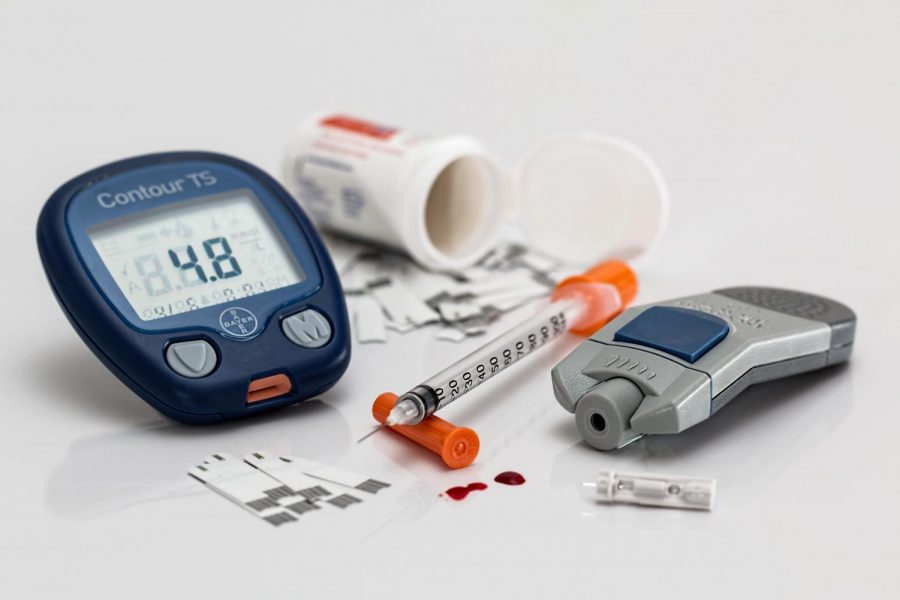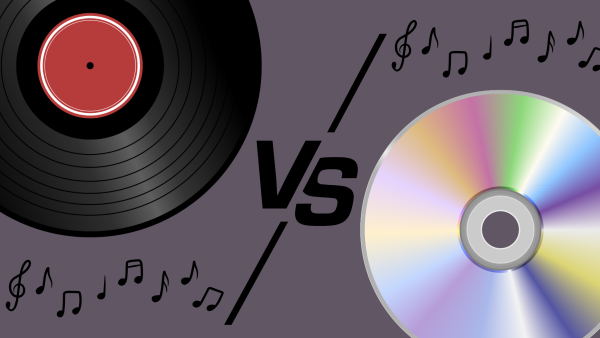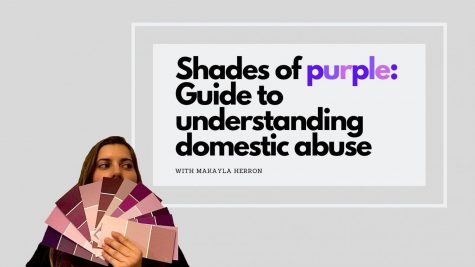America’s Silent Killer
Sugar, the sweet granular substance, is found in almost everything, but unbeknownst to most, this sweet treat is silently killing us. Sugar that comes naturally from fruits and vegetables is not what is of concern to the American diet. I am talking about processed sugar that can be found in almost any product at the supermarket. The government should step in and require companies to label how much of your daily amount of sugar comes from products, just like the other nutrients on the nutrition label.
The American Heart Association recommends that the average American woman consume about six teaspoons of sugar per day and the average American man consume about nine teaspoons per day. However, a study conducted by the University of California in San Francisco found that the average American consumes about 15 grams of sugar per day, that is almost triple and double the recommended daily amounts. This is not the fault of your everyday American, as so many products contain large quantities of sugar, people have no idea when they are eating too much. For example, Special K breakfast cereal, which is marketed as a healthy breakfast cereal, contains about 3.8 grams of sugar in one serving – almost half your daily recommended amount.
Americans are generally uneducated about the products we eat. In general, if something is marketed as healthy, we’ll eat it, truly believing that it is a healthy choice. The fact that processed sugar can be labeled with 56 different names on a food label doesn’t help, so even if you’re trying to avoid sugar, it will not work. The government knows that Americans don’t know how to eat, which is why, on nutrition labels, next to each nutrient, there is a percentage of how much of your daily diet that nutrient should take up. However, if you look next to sugar, there is not a daily recommended percentage next to it. Thus if you want to limit the amount of sugar you’re eating on a daily basis but don’t want to do extra research, you really can’t eat healthier. The FDA originally made a plan that required a daily percentage value for sugar in food labels. However, after grueling court battles with the food industry, the FDA concluded that there is no real recommended daily amount for sugar and that there is not a reason to provide a recommended amount of sugar in food labels.
Sugar’s consequences are often underlooked. It’s only a simple food additive meant to add another dimension of flavor to food avoid?. Studies show that when consuming sugar, the brain increases the release of opioids and dopamines. Dopamine is a key factor in the “reward circuit” that is associated with addiction. When dopamine is released, you get a pleasurable “high” and after that feeling goes away, your brain desires to create it. Some professionals say that sugar can be more addicting than cocaine due to how readily marketed it is to us. Not only is it addicting, but there are also numerous health effects associated with increased sugar consumption. One is Type 2 diabetes, which used to be called Adult-Onset diabetes, but as more children in recent years have begun contracting the disease, the name for it has changed. Type 2 diabetes occurs when a person’s body does not respond to insulin, the body’s natural processing of sugar. these graphs show how the amount of people diagnosed with Type 2 diabetes has increased. Type 2 diabetes is not only a strain on the body, but it is also a financial strain. According to The Hill, insulin in America is much more expensive than insulin around the world. As to the reason why is still unknown. This article compares just how drastic the prices of insulin are. If the government is doing nothing to inform Americans about the dangers of sugar, then doing nothing to regulate the prices of insulin seems very fishy.
The amount of sugar that Americans consume should be of more concern. It has very detrimental physical, emotional and financial effects, and if the government does not begin to add daily percentage values to sugar, society will not improve.











